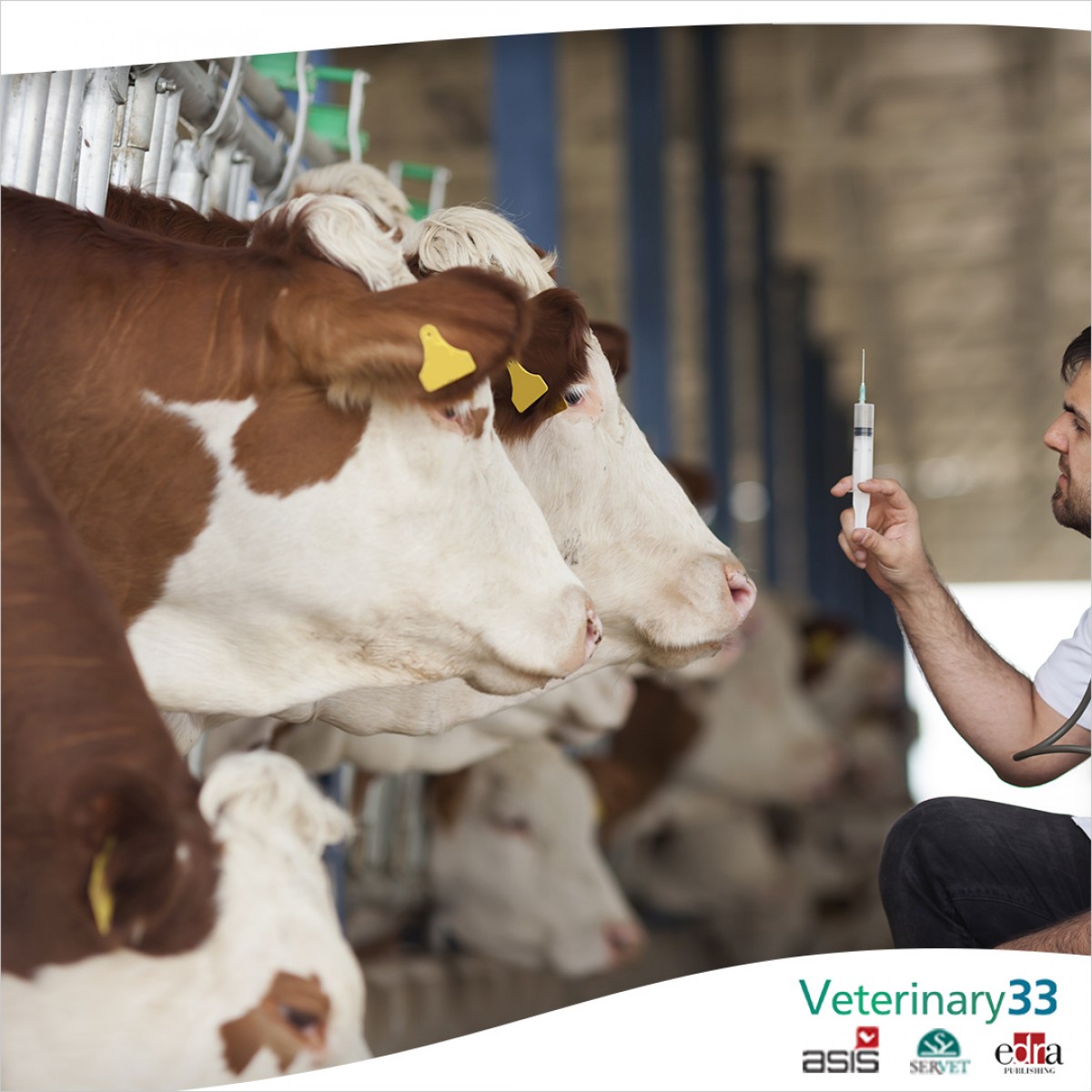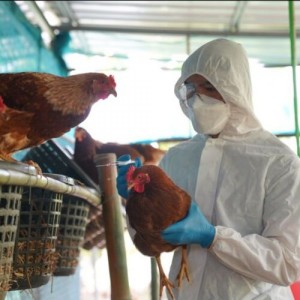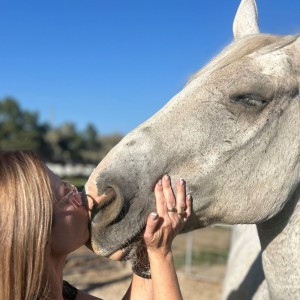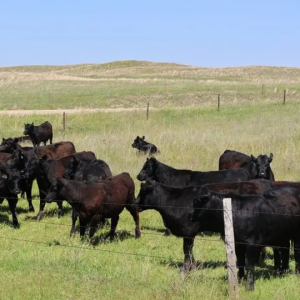New Cattle Vaccination Guidelines
Each cattle operation is different, and no standard protocol will fit every system. However, the American Association of Bovine Practitioners (AABP) has developed cattle vaccination guidelines to help veterinarians who serve United States dairy and beef producers determine an appropriate vaccination plan for their clients. Dr. Justin Kieffer of Ohio State University chaired the seven-person committee that spent two years reviewing and consolidating cattle vaccine recommendations to provide a single comprehensive document. Let’s review cattle vaccine basics to better understand these guidelines.
Types of cattle vaccines
As in all species, three vaccine types are used in cattle.
- Modified live vaccines (MLV) — These vaccines are versions of the pathogen that cannot cause disease. The live virus or pathogen replicates in the animal’s body similar to the actual disease’s behavior, allowing the immune system to develop a full response and create protective immunity. Revaccination may be needed, because not all animals' immune system responds to one vaccine.
- Killed vaccines — Killed vaccines contain a dead pathogen or a specific piece of the organism that causes disease. No replication occurs when a killed vaccine is administered, and many animals require a booster vaccine for the immune system to develop protective immunity.
- Combination vaccines — Some vaccines contain a combination of killed and live pathogens. The killed portion may require a booster to provide protective immunity.
Common respiratory diseases in cattle
Many diseases commonly attack the cattle respiratory system, including:
- Infectious bovine rhinotracheitis (IBR) — IBR is a highly contagious, infectious respiratory disease caused by bovine herpes-1. This virus, also known as red-nose, causes massive upper respiratory inflammation, and can also cause reproductive issues.
- Parainfluenza 3 (PI3) — PI3 is a viral infection that causes signs including fever, nasal discharge, and dry cough. The infection can allow secondary viral and bacterial infections.
- Bovine respiratory syncytial virus (BRSV) — BRSV belongs to the pneumovirus genus in the family Paramyxoviridae, and is a major cause of respiratory disease in young calves, causing lower respiratory tract disease and viral pneumonia.
- Bovine viral diarrhea virus (BVDV) — BVDV can cause severe, bloody diarrhea, mouth ulcers, fever, and pneumonia. In addition, reproductive problems may manifest.
- Mannheimia haemolytica — This organism often causes secondary bacterial infections in animals infected by a virus. The bacteria produce a leukotoxin that kills white blood cells, leading to massive pulmonary inflammation.
- Pasteurella multocida — This bacteria is an important pathogen that causes pneumonia in cattle and is often a secondary infection.
- Histophilus somni — This opportunistic bacteria often complicates other infections, causing significant respiratory disease, and may affect other organ systems, such as the reproductive, nervous, circulatory, and musculoskeletal.
Common reproductive diseases in cattle
Several pathogens affect the reproductive system in cattle.
- Infectious bovine rhinotracheitis — In addition to causing respiratory infection, IBR can cause infertility, abortions, and birth defects.
- Bovine viral diarrhea — In addition to potentially causing abortions and birth defects, BVD can cause persistently infected calves if the cow is exposed to the virus at 30 to 150 days of gestation. These calves are lifelong virus carriers and shedders.
- Leptospirosis — Leptospira hardjo-bovis can cause a persistent infection in the cattle reproductive tract, leading to infertility. Other lepto serovars can cause embryonic death, abortions, stillbirths, retained placentas, and the birth of weak calves.
- Brucellosis — This bacterial disease caused by Brucella abortus causes vaginal discharge, the birth of weak calves, and abortions, typically between the fifth and seventh months of gestation.
Common clostridial diseases in cattle
Several clostridial bacteria cause disease in cattle.
- Clostridium chauvoei — Also known as blackleg, this infectious bacterial disease causes signs including lameness, depression, loss of appetite, and a hot painful swelling on the limbs.
- Clostridium haemolyticum — Also known as redwater, this bacterial infection is often caused by a liver fluke infestation. The bacteria release a potent toxin that causes severe kidney and liver damage.
- Clostridium tetani — This bacterial infection is a particular concern when management procedures, such as banding castrations, are used. Clinical signs include muscle stiffness and an inability to open the mouth. In addition, affected cattle may bloat, because they can’t eructate gas from the rumen.
Core vaccinations for cattle
The American Veterinary Medical Association defines core vaccinations as those “that protect from diseases that are endemic to a region, those with potential public health significance, required by law, highly infectious, and those posing a risk of severe disease.” Core vaccines are considered the minimum protection needed. Core vaccinations for cattle include:
- Respiratory core vaccines — To protect against the common respiratory diseases, cattle are typically given a five-way vaccination that protects against IBR, PI3, BRSV, and BVD types I and II.
- Reproductive core vaccines — Vaccines to protect against the common reproductive diseases include IBR, BVD types I and II, and leptospirosis.
- Clostridium core vaccines — The blackleg vaccination is considered a core vaccine, and the redwater and tetanus vaccines are added, depending on the location and management system.
The AABP vaccination guidelines will be a helpful tool for veterinarians developing a vaccination protocol for dairy and beef cattle operations. Veterinarians who are AABP members can access this document by logging into the website and clicking through committees, committee resource files, pharmaceuticals and biologics, and vaccination guidelines.









List
Add
Please enter a comment